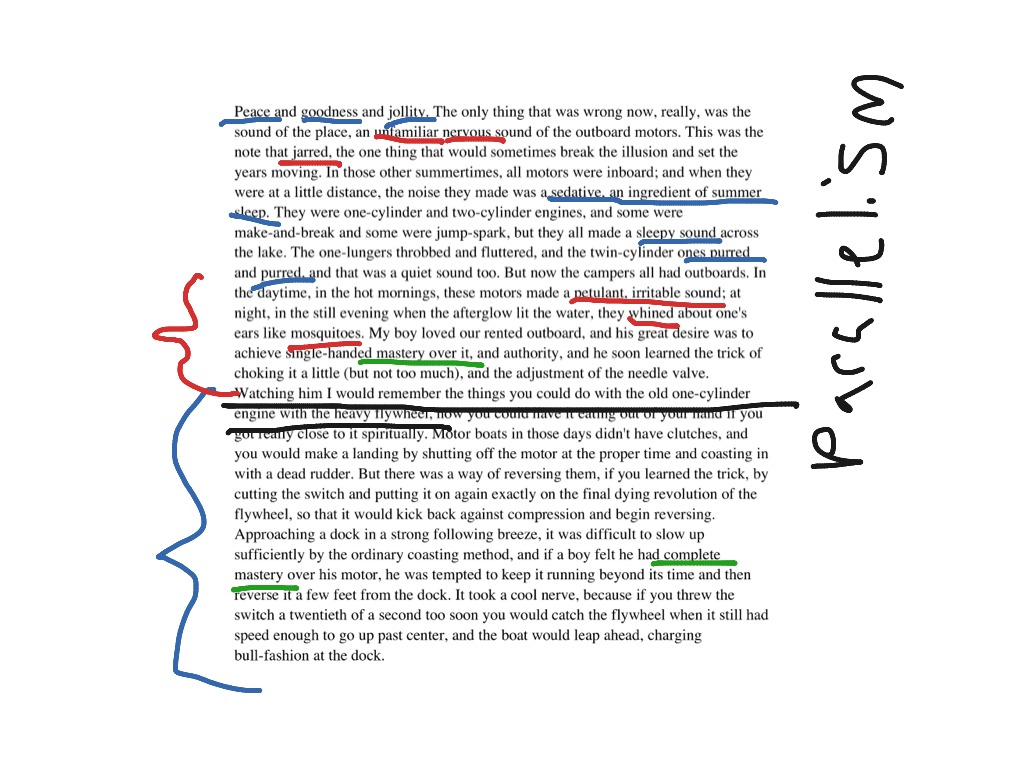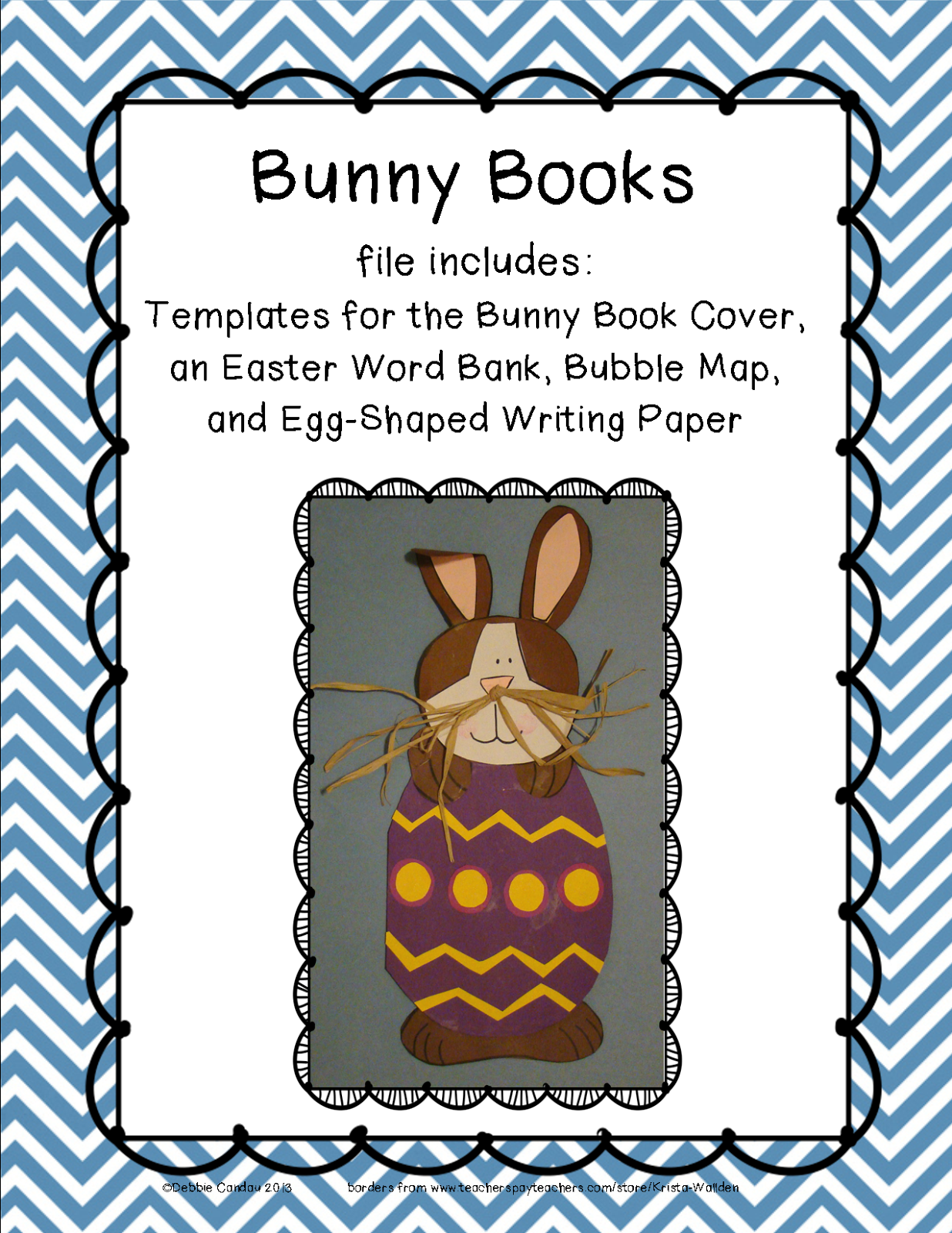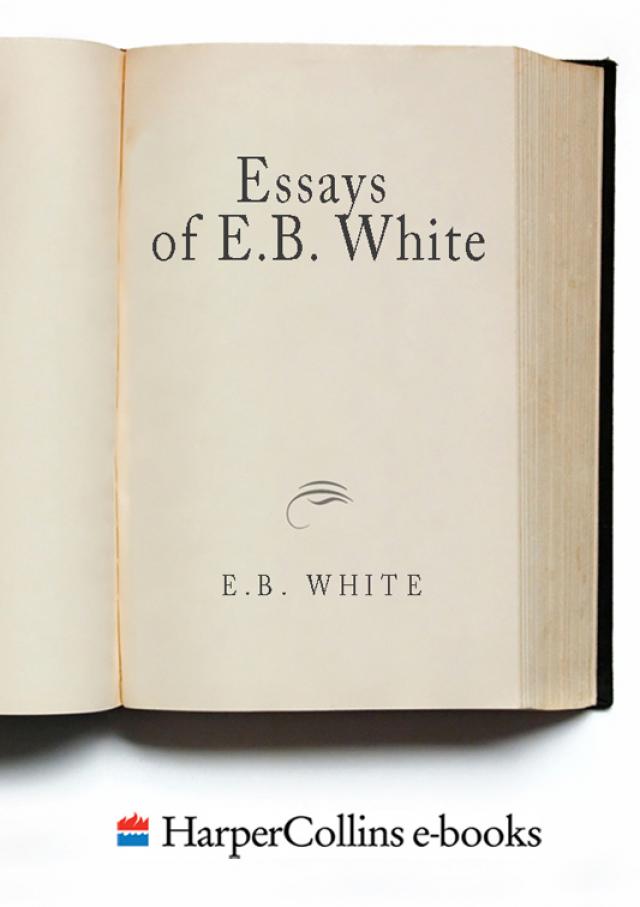

The readers can see, smell, and see that fictional world created by the author courtesy of the writing style. The essay by White uses descriptive words and sentences to depict the scenery and the experiences of the narrator. Therefore, it is clear that White had perfected the use of the first person point of view to achieve a reflective mood. Sampson explains that the essays found in White’s collections of “One Man’s Meat” have that unique approach to first-person narration that gives the readers a good view of the author's life. In this case, the voice of the son is muted, and the author does not get understand his feeling of tasting nature up-close. Most importantly, the first person singular perspective is ideal for the comparison that takes place between the older narrator, and the boy that used to visit the same place with his father. The view enables the author to present his thoughts to the readers, which are then compared to the action that takes place. Therefore, as a reflection of the boyhood experience of the narrator, the use of the first-person point of view is effective. The fact that gives accurate time setting of 1904 and relates to Maine, where the author used to go with his family, makes it more real than fictional. Platizky calls the piece a "deceptively simple autobiographical essay" (171).

White's essay is both personal and reflective. The use of the first-person point of view helps in connecting the reader and the experiences described by the author. To achieve the effect, White engages that use of the first-person point of view, descriptive sentences, imagery, run-on sentences, and repetition. The author defends this position by use of detailed scenery and feeling description that helps the reader to visualize and relive the experience of the place. From his narrative of the place, he concludes that “the years were a mirage and there had been no years” (White 2).

After many years, he returns to the campsite in Maine with his son with the anticipation of remembering his boyhood experience with his father. A critical look at the content and style of writing reveals that White uses description to stress on the theme of unchanging nature through time. According to Root, different literary analysists have classified the essay by White in diverse ways including narration, autobiography, description, exposition, and even a personal essay (91). White narrates the experience of a man who takes his son to a lakeside camp he used to visit with the family when young. The short story titled "Once More to the Lake" by E. The essay uses all the techniques in diverse ways to grab the attention of the reader and communicate the theme of the story. The devices identified include the use of the first-person point of view, the use of descriptive sentences, the use of imagery, the use of run-on sentences, and the use of repetition. The essay analyzes the use of literary devices by the author to achieve his goals. He concludes that things have now not changed because much of what he sees and sense at the lakeside is the same as he did many years ago with his father.

The author uses description and reflective approach to evaluate and contracts the scenery and experiences he had when a little boy and that one he was having with his son, as a grown man. The reflection focuses on a trip the narrator takes to a camping web page by a lake where they used to go as a family a lengthy time ago. White reflects on the like of a man with his son. "The essay titled ""Once More to the Lake"" by E.B.


 0 kommentar(er)
0 kommentar(er)
